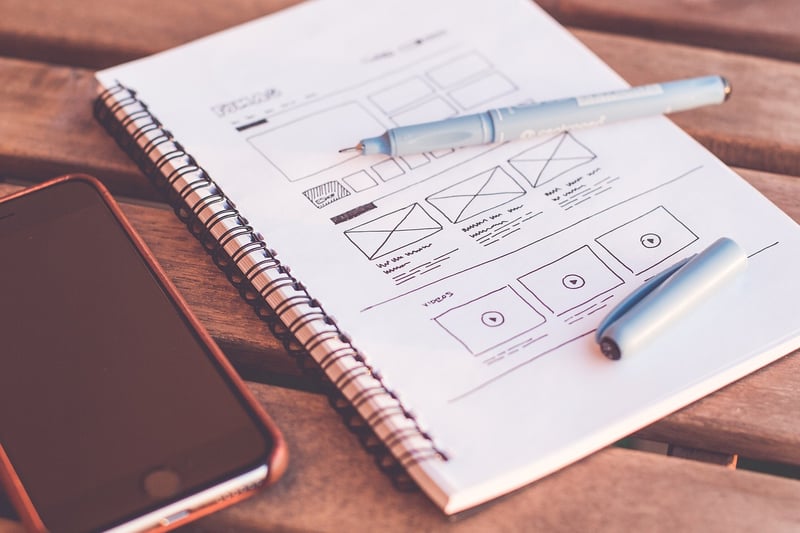Iterative Design
The Power of Iterative Design in Creating New Products
When it comes to developing innovative and successful products, iterative design is a crucial process that can make all the difference. This approach involves continuously refining and improving a product through multiple cycles of design, prototyping, testing, and feedback. By embracing iterative design, companies can create products that better meet the needs of their target audience and stand out in the market.
Benefits of Iterative Design
Iterative design offers several key benefits that contribute to the overall success of a product:
- Enhanced User Experience: By gathering feedback early and often, designers can make adjustments to improve the user experience, leading to higher customer satisfaction.
- Reduced Risk: Iterative design allows teams to identify and address potential issues before they become costly problems, minimizing risks associated with product development.
- Increased Innovation: Through iteration, new ideas can be tested and explored, fostering innovation and creativity in product design.
- Adaptability: The iterative approach enables teams to adapt to changing market conditions and user needs more effectively, ensuring the final product remains relevant.
Key Stages of Iterative Design
The iterative design process typically involves the following stages:
- Research and Planning: Understanding user needs, market trends, and competition to inform the initial design.
- Design and Prototyping: Creating prototypes or mockups based on research findings for testing and evaluation.
- Testing and Feedback: Gathering feedback from users through testing sessions to identify areas for improvement.
- Iterate and Refine: Making revisions based on feedback and testing results to enhance the product.
- Launch and Monitor: Releasing the final product and monitoring its performance to gather insights for future iterations.
Embracing Iterative Design for Success
In today's fast-paced and competitive market, the ability to iterate quickly and effectively is essential for product success. By embracing iterative design principles, companies can create products that resonate with their target audience, drive innovation, and stay ahead of the competition.

Remember, the key to successful product development lies in listening to user feedback, being open to change, and continuously refining the design based on real-world insights. Iterative design is not just a process; it's a mindset that can lead to the creation of exceptional products that delight customers and drive business growth.
Are you ready to harness the power of iterative design in your product development journey?
Start iterating and see the transformation it can bring to your products!
